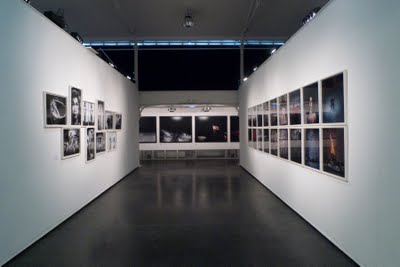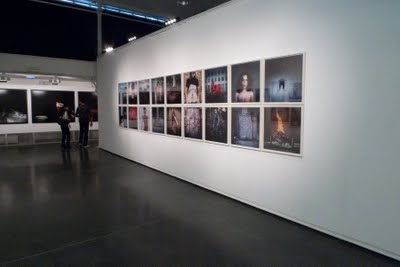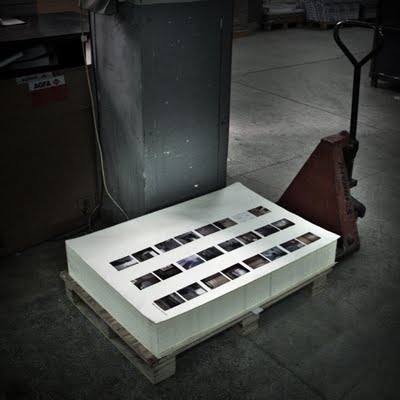
Jessica Dimmock/ Subhash Sharma /Mishka Henner /Sharron Lovell/ Ali Taptik :
Five Photographers Look at Poverty in Five cities of the world:
When : 29-April to 13-Jun 2009
Where : The Atrium,London School Of Economics
LSE Photography Initiative exploring representations of poverty.
Viewing Restricted : [Re]presenting Poverty is a major new exhibition which sets out to explore different notions, representations and manifestations of ‘poverty’ within a global context. The exhibition features newly commissioned work in film and photography by five artists who examine poverty in its many guises in Five different cities New York,Mumbai,Shanghai,London and Istanbul.
The participating artists are:
Jessica Dimmock (New York): Jessica Dimmock captures the experiences of impoverished patients trapped in a public hospital hidden in the heart of New York and cheek-by-jowell with the city’s well-to-do.
Mishka Henner (London) : Mishka Henner examines the growing spatial segregation between rich and poor in Hackney, one of London’s poorest boroughs historically. Through photographs, text and audio, he considers people’s relationship to the urban environment in private and public spaces.
Sharron Lovell (Shanghai) : Sharon Lovell charts two migrant families’ experiences in Shanghai. Working with a barber and vegetable seller, who tell her their stories, she portrays their lives in an interactive multi-media project that they helped to edit.
Ali Taptik (Istanbul) : Ali Taptik traces contentious redevelopment projects in historic districts of Istanbul such as Sulukule, staying on the border between public and private.
Subhash Sharma (Mumbai): Subhash Sharma follows poor Mumbaikers’ on their day off, capturing the varied pleasures of leisure in the city’s diverse locales.
Presenting contrasting styles and approaches to their ‘subject’, the artists reveal hidden and untold stories of communities and individuals in contrasting geographical, social and cultural contexts, where the issue of poverty is often underwritten by politics of class, race and migration. Mindful of issues of voyeurism, objectification and condescension, the exhibition and related events series aim to challenge thinking and encourage debate about the conventional modes and mechanisms through which poverty is often represented and understood.
http://www.lse.ac.uk/Depts/global/viewingrestricted.htm





























